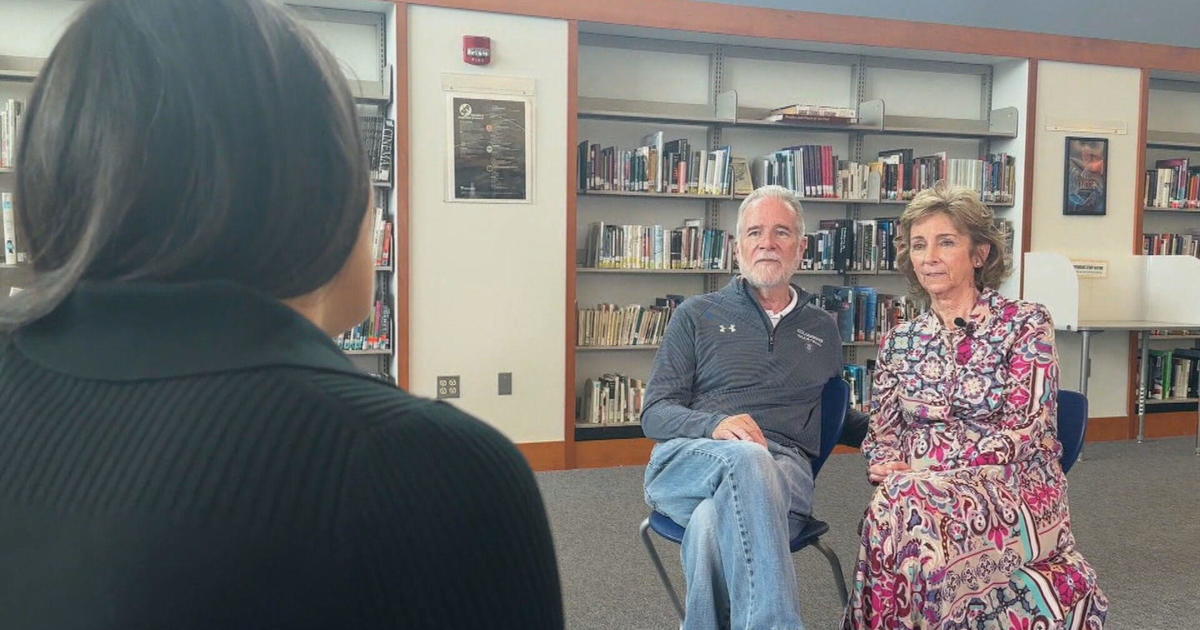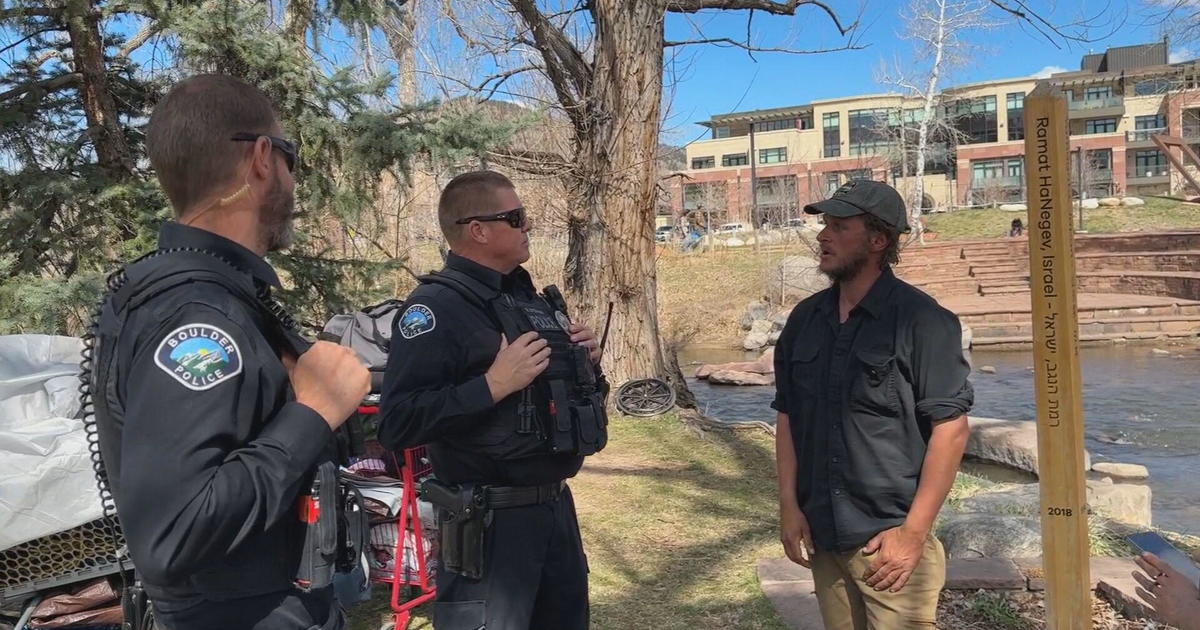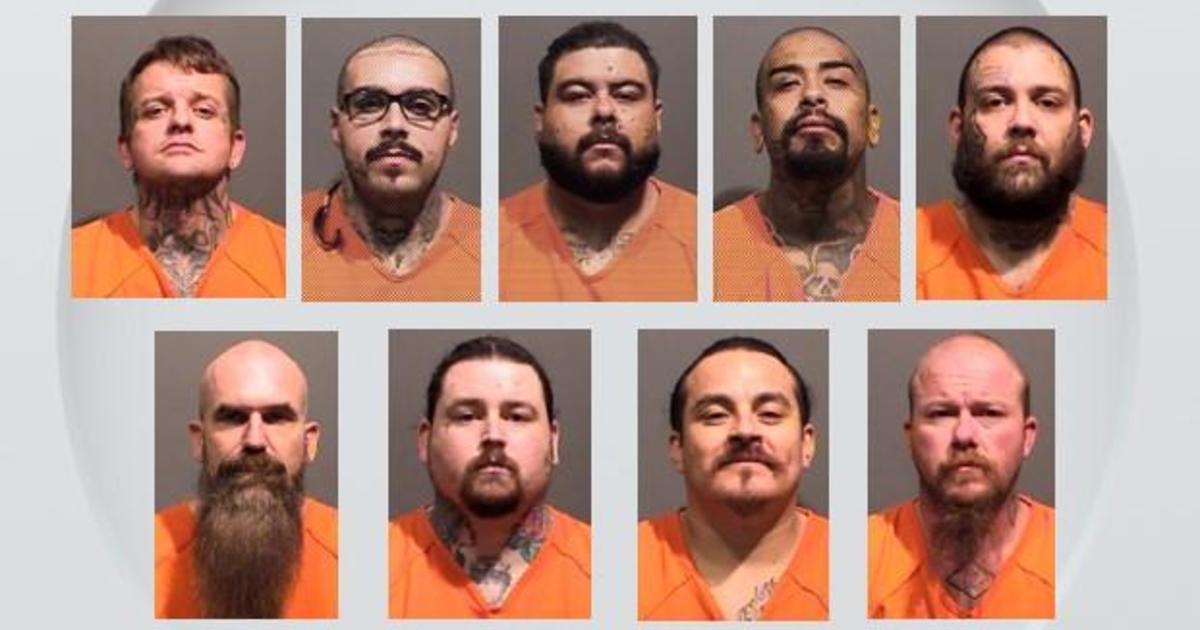Cabinet Members, Udall Promote Wildfire Prevention
DENVER (AP) - A public-private partnership aimed at thinning out vegetation that could fuel catastrophic wildfires that threaten water supplies and hydroelectric facilities was announced on Friday by federal officials.
The Western Watershed Enhancement Partnership, which pairs agencies that look after several western water projects with one that oversees forests that often surround them, was unveiled at Horsetooth Reservoir near Fort Collins by Interior Secretary Sally Jewell, Agriculture Secretary Tom Vilsack and Sen. Mark Udall, D-Colo.
"When a forest fire takes place, it can compromise the water supply that is in those reservoirs," Vilsack said. "Sediment can build up, and the ash created by fires can cause huge problems downstream in terms of water quality."
The partnership will aid agencies in the leveraging of resources to reduce the risk of rivers and water projects getting sullied, Vilsack said.
The U.S. Forest Service and U.S. Bureau of Reclamation are launching the effort with a pilot project in the Upper Colorado headwaters and Big Thompson watershed in northern Colorado, where the High Park Fire burned last year.
Under the pilot, the Northern Colorado Water Conservancy District and Colorado State Forest Service will work with the federal agencies on forest thinning and prescribed burns to reduce fire risks near reservoirs, dams, irrigation infrastructure and hydroelectric projects, federal officials said. The work also will include reseeding and restoring burned forests, so not as much sediment will run off from burned areas.
The USDA, which oversees the Forest Service, and the Interior Department, which includes the Bureau of Reclamation, are working to formalize similar partnerships around the Salt River-CC Cragin project in Arizona; Boise River Reservoir in Idaho; Mid-Pacific Reclamation Region in California; Yakima Basin in Washington state; and the Horsethief Reservoir and Flathead River in Montana.
The partnership builds from the successful "Forest to Faucets" partnership the Forest Service reached with Denver Water, Colorado's largest water utility, to share costs of mitigating wildfire risks and effects in Colorado.
After wildfires in 1997 and 2002, Denver Water spent more than $26 million to prevent more runoff of debris into its water supplies. It has said it would rather spend money preventing more giant wildfires than dealing with problems caused by wildfires.
The current wildfire season already has led to deaths in Arizona and Colorado. Extended drought conditions and hotter, drier weather patterns have created a dangerous environment.
"Forest fires are in many cases a result of lightning strikes and are natural catastrophes in the same way a hurricane, or a flood, or a tornado is," Vilsack said. And yet the funding response to other natural disasters is different than it is for a forest fire, he said.
Money that would normally be used to restore forests is being used to suppress fires, meaning less money is being spent to reduce the risk of large blazes in the first place.
"What we as a nation need to look at is how we could better and more consistently treat forest fires that are caused by Mother Nature in the same way as we do other natural disasters," Vilsack said.
Wildfire Resources
- Visit CBSDenver.com's Wildfire Resources section.
- Read recent Wildfire stories.
Wildfire Photo Galleries
- See images from the most destructive wildfires (Black Forest, Waldo Canyon, High Park and Fourmile) and largest wildfire (Hayman) in Colorado history.
By CATHERINE TSAI, Associated Press
(© Copyright 2013 The Associated Press. All Rights Reserved. This material may not be published, broadcast, rewritten or redistributed.)



